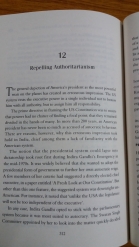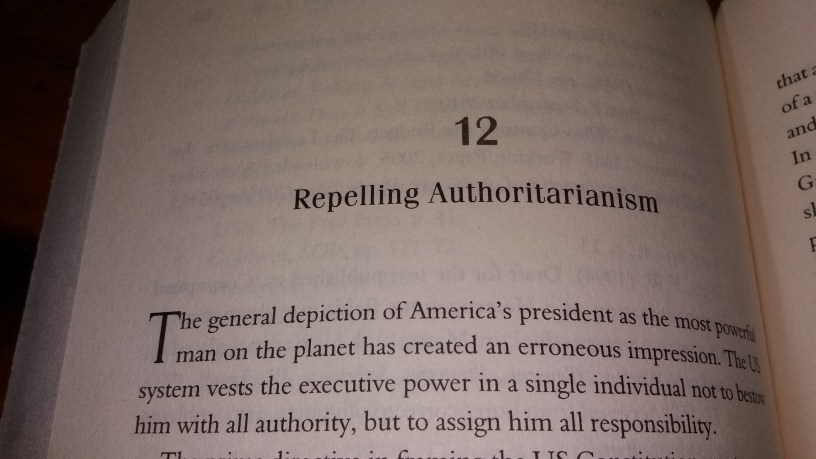American System Cannot Turn Authoritarian
The general depiction of America’s President as the most powerful man on the planet has created an erroneous impression. An American President is powerful, no doubt, but that is due to the strength of his nation, not his office. The American system vests the executive power in a single individual not to bestow him with all authority, but to assign him all responsibility.
There is no legitimate basis for thinking that the American presidential system is authoritarian. The prime directive in framing America’s Constitution was to ensure that powers had no chance of finding a focal point; that they remained divided in the hands of many. Everything about the American system, from its structure to its electoral process, repels concentration of powers. In more than two hundred years, an American President has never been so much as accused of autocratic behavior.
There are reasons, however, why this erroneous impression took hold in India. The chief reason is the same one that led India toward the parliamentary system to begin with: a lack of familiarity with the American system.

The notion that the presidential system could lapse into dictatorship first took root during Mrs. Gandhi’s Emergency in the mid-1970s. It was widely believed that she wanted to adopt the presidential form of government to further her own autocratic reign. A few members of her coterie had suggested a directly elected chief executive, in a paper entitled A Fresh Look at Our Constitution. But other than this one feature, the proposal held no similarities to the American system. In fact, its suggested system was downright un-American. For instance, it noted that “unlike the USA the legislature will not be too independent of the executive.” People however continued to believe that it was the American system that Mrs. Gandhi wished to adopt.
The truth of the matter was the Mrs. Gandhi opted to stick with the parliamentary system because it was this system that satisfied her autocratic bent the most. The Swaran Singh Committee appointed by her to look into the matter quickly decided that in no shape or form an American-style system could fit with her designs. That the presidential system was rejected because it wasn’t the authoritarian tool Mrs. Gandhi desired was later admitted by Antulay, the author of ‘Fresh Look’ and a member of the Swaran Singh Committee. In an interview with Granville Austin in 1994, Antulay said: “Indira Gandhi wanted to be a dictator, which is why in October 1976, she wanted a presidential system. But you can’t be a dictator in a presidential system.”
The presidential system’s reputation in India is sullied because its name became associated with an autocrat. If Mrs. Gandhi’s men had not attempted to sneak their outrageous proposals through as ‘presidential’, the misgivings about this system would never have existed. After all, it was the parliamentary system that allowed Mrs. Gandhi to become a dictator. The American system has never, in its 225-year history, seen a President even attempt autocratic rule.
Adapted from Why India Needs the Presidential System (HarperCollins) by Bhanu Dhamija
